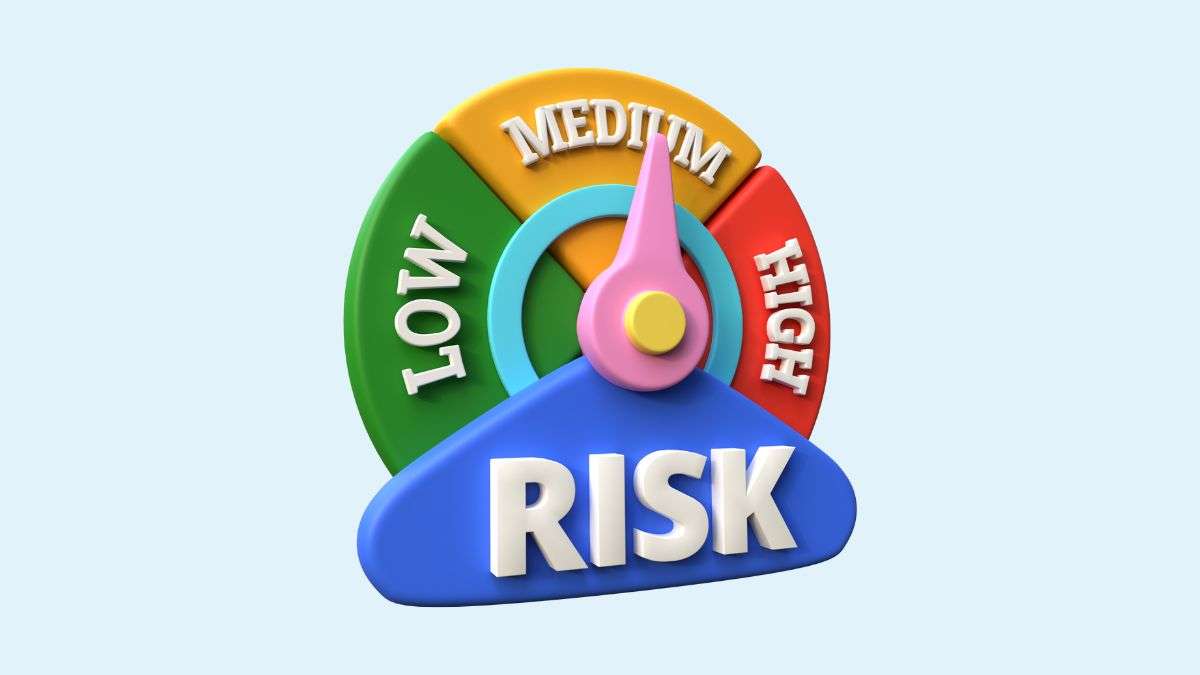Table of Contents
- Introduction
- Identifying Risks in Running a Publishing Company
- Legal and Ethical Considerations for Publishers
- Financial Management and Budgeting in Publishing
- Successful Publishing Companies
- Conclusion
Introduction
Let’s talk about the risks of running your own publishing company. Starting a publishing company can seem alluring. The potential rewards of being your boss, making creative decisions, and seeing your business thrive are enticing. However, behind the glitz and glamour lie significant risks and challenges. Before diving in, it’s essential to understand both the bright and dark sides of entrepreneurship in publishing.
Many aspiring publishers are drawn to overseeing their catalog of books and publications. The thought of discovering talented authors, deciding which manuscripts to publish, and shaping the public’s reading experience holds great appeal. Success could bring the financial payoffs, prestige, and satisfaction of running a thriving small business.
Other rewards include the creative freedom to take risks on innovative or unconventional ideas that mainstream publishers might shy away from. Self-publishing also allows more control over the look and feel of published works. For those with an entrepreneurial spirit, owning a publishing company represents an outlet to build something from the ground up using their vision and passion for the written word.
One major advantage of running your own publishing company is escaping the constraints placed on editors and publishers working at established firms. Small and mid-size publishers can freely pursue their creative instincts without a large corporate bureaucracy or shareholders to please.
An independent publisher isn’t limited to proven formulas or genre conventions that tend to dominate mainstream houses. There’s room to experiment with quirkier literary forms, champion emerging voices that lack a readymade audience, and cultivate a niche catalog tailored to a specific demographic or worldview.
Of course, with such freedom comes responsibility. Ethical considerations around content and marketing remain paramount. But for those willing to shoulder the workload, running a publishing company offers unparalleled creative liberty.
Misconceptions about Publishing Business
The romantic notion of running a quaint, book-lined publishing house often glosses over the hard realities of entrepreneurship. Turning a profit while competing against massive publishers is extremely difficult. The failure rate for new publishing companies hovers around 50% within the first five years.
Budding publishers underestimate the grind of handling editing, design, marketing, accounting, distribution logistics, and countless other tasks simultaneously. Doing everything well while bootstrapping a company requires near superhuman effort.
Additionally, discovering and developing talent takes real literary taste and insight. Building a profitable catalog means more than just producing books you enjoy on a small scale. Knowing the market landscape and audience demand is crucial.
While passion is important, publishing isn’t strictly an artistic endeavor. Business discipline and thoughtful risk management matter greatly. Understanding this distinction better prepares entrepreneurs for the turbulent road ahead.
Identifying Risks in Running a Publishing Company
Starting and operating a publishing company involves significant financial risks that entrepreneurs must consider carefully. The upfront costs of launching a business can be substantial, requiring capital for office space, equipment, software, inventory, marketing, and hiring staff. Many new ventures struggle to estimate expenses accurately, leading to cash flow issues.
Ongoing expenses like payroll, printing, distribution, and inventory management can strain finances. Plus, revenue rarely materializes immediately, so publishers need operating capital to bridge the gap until sales pick up. Unforeseen costs frequently arise due to economic shifts, industry changes, or simple miscalculations. Without enough capital reserves, unexpected expenses can devastate small publishers.
The publishing landscape evolves rapidly, with shifting consumer preferences and emerging technologies disrupting traditional business models. Publishers must continually adapt to stay relevant, which carries financial risk. For example, the rise of e-books over the last decade has upended revenue streams and profit margins for many in the industry. Failing to transition effectively to new formats or missing major market trends can be hugely detrimental.
Likewise, an economic recession or global crisis can drastically impact discretionary spending on books and magazines. So, publishers face exposure to macroeconomic cycles and volatility that they must account for in financial planning and operations.
The Competitive Landscape
The publishing space includes dominant players with vast resources and economies of scale. Launching against the “Big Five” publishers or major magazine conglomerates is extremely difficult. New entrants lack industry giants’ brand recognition, distribution networks, content assets, and financial flexibility. This makes turning a profit challenging in the first few years, especially given the high fixed costs.
Additionally, the sheer number of new books released each year creates immense competition for reader attention and sales. Standing out requires significant marketing investment with no guarantee of returns. With the bargaining power of retailers like Amazon, new publishers must overcome major competitive hurdles.
Legal and Ethical Considerations for Publishers
Operating a publishing company comes with significant legal and ethical obligations that entrepreneurs must carefully consider. From intellectual property laws to ethical content standards, publishers must understand the rules and norms governing the industry.
Examining Copyright Laws and Intellectual Property Rights
Copyright law protects the creators of original works like books, articles, images, and more. As a publisher, it’s critical to have permission to reproduce or distribute content made by others. Publishers can be sued for copyright infringement if they use material without obtaining proper licensing or rights. It’s also important for publishers to register their copyrights and understand fair use standards.
Potential Legal Disputes and Liabilities
Beyond copyright issues, publishers may face legal action for content perceived as defamatory, obscene, or private. Publishers can also be liable if the content they produce or distribute violates laws or industry regulations. It’s wise for publishers to secure insurance and legal counsel to help navigate any potential lawsuits or disputes.
Ethical Responsibilities in Content Creation and Distribution
While laws set minimum standards, publishers should also aspire to high ethical principles. This means respecting creator rights, ensuring content accuracy, avoiding deceptive marketing claims, and considering social impacts. Publishers influence media and culture, so upholding ethical values builds credibility and trustworthiness.
By understanding the legal landscape and prioritizing ethical integrity, publishers can successfully manage risk while bringing important voices and ideas to the public.
Financial Management and Budgeting in Publishing
Operating a publishing company requires careful financial planning and budgeting. Publishers must account for various content creation, production, marketing, and distribution expenses. Understanding these costs and managing cash flow effectively is critical for the financial viability of any publishing venture.
Budgeting for Editorial, Design, and Marketing Expenses
Some of the primary costs publishers face include:
- Editorial expenses such as payments for authors, editors, proofreaders, and fact-checkers
- Design and production costs for layout, illustrations, photography, printing, binding, etc.
- Marketing budgets for advertising, public relations, social media promotion, book tours, and other outreach
Publishers must allocate sufficient funds across these key areas while keeping budgets realistic. It’s important to research typical rates in the industry and plan for some flexibility to account for overruns or special projects.
Exploring Revenue Streams and Profit Models
On the earnings side, publishers may generate revenue through:
- Book sales – Publishers earn a percentage of cover price from retail and online book sales
- Subsidiary rights – Additional revenue from licensing translations, film/TV adaptations, audiobooks, etc.
- Corporate publishing – Custom publications, manuals, and documentation for businesses
Understanding the time lag between upfront expenses and eventual sales income is key. Publishers aim for a healthy profit margin but must manage cash flow carefully, especially when starting.
Managing Cash Flow and Financial Risks
It’s advisable for new publishers to:
- Seek startup funding from investors/loans to bridge early operating costs
- Start small and scale up infrastructure/staffing only as revenue comes in
- Keep reserves to carry the business through seasonal fluctuations or market downturns
- Explore co-publishing to share costs and risks with other publishers
With prudent financial planning and budgeting, publishers can turn their passion into a financially sustainable enterprise.
Successful Publishing Companies
Small publishing companies that began with modest beginnings and have since witnessed tremendous growth are inspiring examples of how focused entrepreneurship, a savvy understanding of the market, and a dedication to quality can lead to remarkable success.
One such example is Bloomsbury Publishing, founded in 1986 by Nigel Newton. Starting in a small office in London with only one other employee, Bloomsbury’s early years were about survival and finding their niche. However, the company’s fortunes were transformed after J.K. Rowling‘s Harry Potter series was acquired. The success of these books propelled Bloomsbury into a leading independent publishing house with a significant market presence worldwide.
Another celebrated case is Chronicle Books, founded in 1967 in San Francisco. Known for its beautiful designs and high-quality production values, Chronicle Books started as a small publishing division within a larger company. It gained independence and became a respected international publisher with an impressive array of products, including books, journals, and stationery.
Similarly, Sourcebooks began in 1987 when Dominique Raccah left her corporate career to pursue her passion for books. Starting from her upstairs bedroom with financial planning books, Sourcebooks has grown into a multi-faceted company producing titles across several genres, showing a strong commitment to innovation, particularly within the digital realm.
O’Reilly Media also stands out. It was established in a spare room in 1978 to publish books and manuals that explain the technical details behind the emerging personal computing market. O’Reilly Media embraced the evolving nature of technology and contributed early to online publishing innovations, playing a significant role in the development and spread of the open-source movement.

These companies demonstrate that small publishing firms can rise to significant prominence with strategic vision, understanding of market dynamics, taking business risks, commitment to quality, and sometimes a bit of fortune. It’s important to notice that such success stories are often anchored by a distinctive blend of innovative thinking, entrepreneurial spirit, and a clear commitment to serving a specific audience or genre. These companies’ journeys provide valuable insights into how to grow a business in the dynamic field of publishing strategically.
Conclusion
The risks of running your own publishing company are high if you’re unsure what you are into. Launching and nurturing a publishing company is an endeavor fraught with various significant risks like any other business. Entrepreneurs must cope with the reality of steep financial burdens, the necessity of meticulous planning and budget management, the whims of consumer demand, and the ever-present competition from industry behemoths. Furthermore, they must navigate legal and ethical landscapes carefully, as these are foundational to building a respected and responsible publishing brand.
The industry’s success stories paint a picture of possibility and triumph through adversity, showcasing what can be achieved with innovation, strategic insight, quality focus, and sometimes even an element of luck. Yet these cases are exceptions amidst many untold stories of struggle and failure that serve as sobering reminders of the intrinsic challenges within the publishing field.
It’s imperative for those brimming with passion for literature and the written word not to let their enthusiasm overshadow the complex and demanding nature of publishing as a business venture. Success in this industry isn’t simply about having a keen eye for literary talent or a novel approach to content; it is equally about sustainable financial practices, operational insight, and the ability to evolve with the marketplace constantly.
Thus, aspiring publishers should approach this path with optimism and practicality, recognizing that while creating and disseminating content is a noble and potentially rewarding pursuit, it comes with an array of hurdles that require a robust blend of creativity, strategic business planning, and ethical consideration. With such balance, the ambitious publisher stands poised not only to mitigate the manifold risks of the industry but also, perhaps, against the odds, to pen their own success story in the storied world of publishing.
